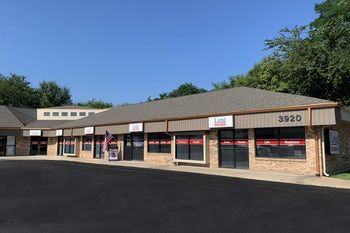Automatic fire sprinklers can save lives and reduce property losses in the event of a fire. But to be effective, they must remain in good working order. Property owners can protect their buildings and occupants through a regular inspection, testing and maintenance program.
SPRINKLER SYSTEMS VALUE
Research shows automatic fire sprinklers significantly reduce the number of fire-related fatalities and lower the average property loss per fire. A sprinkler system can extinguish a fire faster than the time it would take a fire department to arrive. What’s more, fire sprinklers on average use one-tenth of the water a fire department would need to control a fire, minimizing water damage.
At first, fire sprinklers were installed in high value facilities because of the obvious cost savings in property protection. Later, trends showed a reduction in fire-related deaths where automatic sprinkler systems were present.
SPRINKLER SYSTEMS EFFECTIVENESS
NFPA evaluated sprinkler system performance in a study completed on 49,840 fires in sprinklered buildings from 2010 to 2014. The report and fact sheet for the study can be found in the NFPA “U.S. Experience with Sprinklers.”
The study found:
- Only one operating sprinkler was required to control the fire in four out of five fires (79%).
- In 97% of fires, five or fewer operating sprinklers were required to control the fire.
- Sprinkler protection was present in about 10% of the structure fires reported.
- The civilian death rates were 87% lower in properties with sprinkler protection than those without.
- In sprinklered properties, the injury rate was 27% lower for building occupants and 67% lower for firefighters.
SPRINKLER SYSTEM REASONS FOR FAILURE
The study also reviewed why sprinkler systems failed. Sprinkler system failure means the sprinkler did not activate or operate. Over three-fourths of system failures could be attributed directly to inspection, testing and maintenance issues.
In cases examined:
- The sprinkler system water supply valve was shut off – 59%
- A lack of maintenance – 10%
- System components were damaged – 7%
This data clearly shows the need for a sound maintenance program to keep the sprinkler system in good working order. NFPA 25, Inspection, Testing and Maintenance of Water-Based Fire Protection Systems, notes frequency requirements for each of the components in the Standard in a table format.
A few of the simpler inspection and testing requirements could be completed in-house, but it would be most beneficial to contract with a sprinkler contractor to administer the program. Because some of the frequency requirements are on a three- or five-year basis, it would be advantageous to stay with the same contractor from year to year.










